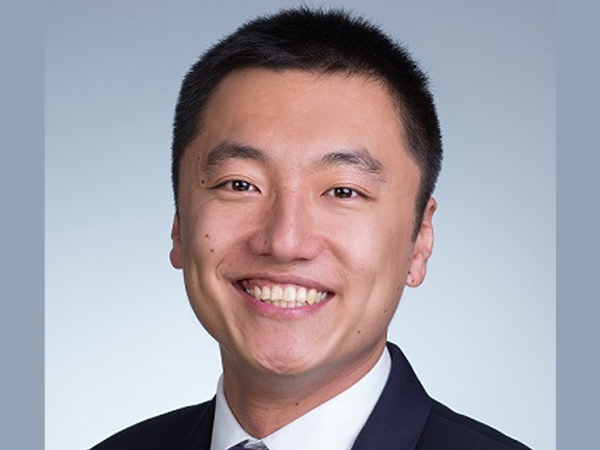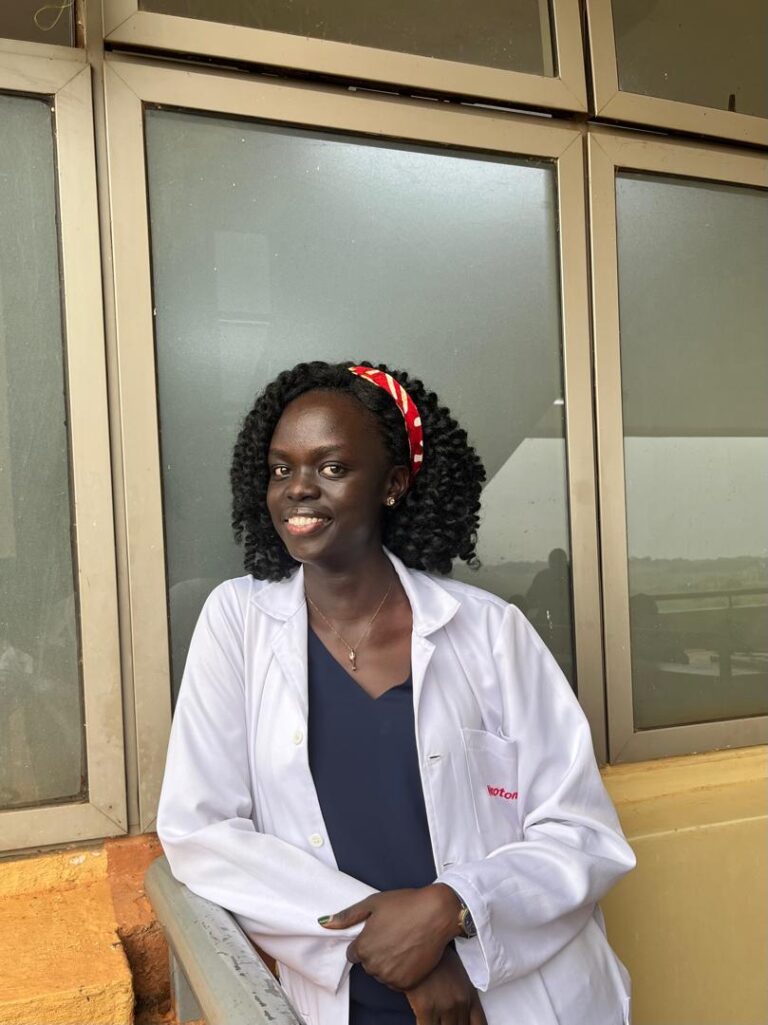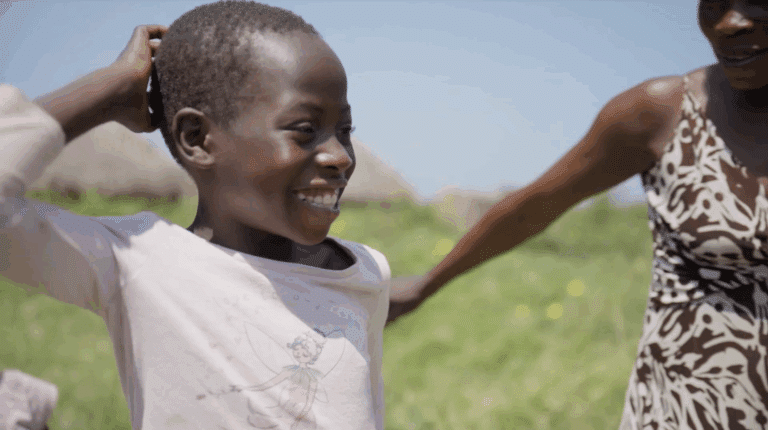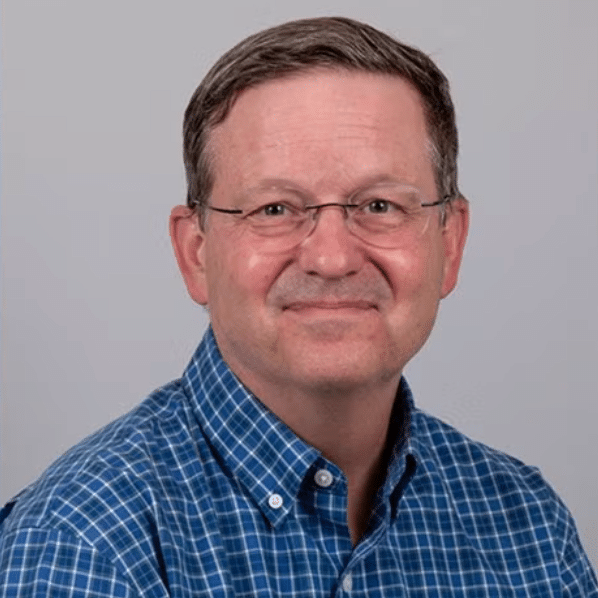The Donald R. Laub Fellowship program, named after our founder Don Laub, allows for a fourth-year resident in plastic and reconstructive surgery to work with ReSurge for a year to hone reconstructive surgical and research skills. We are proud to introduce our newly selected ReSurge International Laub Fellow, Lawrence Cai who is a plastic and reconstructive surgery resident at Stanford University and will be leading some important work during his time at ReSurge.
At ReSurge we are focused on scaling our impact so that we can transform entire economies, medical systems, and lives in low-income countries around the world. To do this we are focusing on local capacity building efforts as we support, train, educate and partner with reconstructive surgical teams to tackle the gap in global surgery. This focus on training builds new pipelines of surgical care for those living in poverty—ultimately resulting in a multiplier effect of impact.
So how do we measure this multiplier effect? This is the very question that our new fellow Lawrence Cai is asking as he works to quantify the the long-term impact of our surgical training and education programs. We caught up with Lawrence as he embarks on this very important and exciting research to learn more.
Welcome Lawrence! We are thrilled to have you onboard. Can you tell us a little about yourself and your background?
Hello! I was born in Hangzhou, China and raised in Los Alamos, New Mexico. Growing up in the home of the Manhattan Project and being surrounded by scientists helped foster a deep curiosity and a desire to explore the natural world. I studied chemistry at Yale, where my research focused on designing low-cost solar cells. Prior to medical school, I worked in Boston as a consultant at Simon-Kucher and Partners, where I developed pricing, contracting, and product launch strategies for pharmaceutical companies. I then went to Stanford for medical school and was fortunate enough to stay at Stanford for residency. I’m now a fourth-year plastic and reconstructive surgery resident and am thrilled to be the Laub fellow during my professional development year! In my free time, I love experimenting with new cooking techniques, playing German-style board games, and folding complex origami models.
What made you want to go into reconstructive surgery?
I first learned about reconstructive surgery through the Design for Extreme Affordability program at the Stanford Design School. It was through that collaboration that I had the chance to work with Dr. Shankar Rai on improving burn care in Nepal, which ultimately culminated in establishing the country’s first skin bank. That work showed me the incredible ability of reconstructive surgery to improve patients’ quality of life, where relatively short and simple procedures could restore someone’s ability to walk again or to eat normally or to attend school. The specialty also offers an incredible opportunity to bring creativity into surgery, as every case needs to be adapted to a patient’s unique injury and anatomy.
Why were you interested in the ReSurge Laub Fellowship?
During medical school, I spent a full-time year working on collaborations between ReSurge and the Design for Extreme Affordability program. I traveled to several of ReSurge’s partner sites in South America and Southeast Asia and continued to learn about all the ways in reconstructive surgery could improve the lives of people around the world. The Laub Fellowship was established soon after that, and it seemed to be the perfect marriage of my interests in reconstructive surgery and global health. I could not have been more excited to learn that I had been selected as the Laub fellow!
What are you most interested in experiencing and working on during the course of the Fellowship?
I’m excited to be working with ReSurge on measuring the impact of its surgical training programs around the world and quantifying the incredible multiplier effect of these programs. I’m also interested to learn how a non-profit group like ReSurge operates at an organizational level and to better understand the logistics that allows the group to have such an incredible reach. Lastly, as the world starts to open back up, I’m eager to travel abroad again to see the first-hand impact of the visiting educator trips.
What are your goals for the future?
My career goal is to become an academic plastic and reconstructive hand surgeon with a deep understanding of healthcare disparities and a research focus on improving surgical access domestically and internationally. As mobile devices have become increasingly ubiquitous in recent decades, I believe that mobile health will play a central role in many future public health programs. To that end, I am also working at Google Health to explore how cell phones can be leveraged to increase access to healthcare and improve outcomes in cardiovascular and pulmonary health.
Lawrence Cai is a plastic and reconstructive surgery resident at Stanford University. Prior to starting the ReSurge International Laub fellowship, Lawrence volunteered with us to establish a skin bank infrastructure in Kirtipur, Nepal. He also created metrics to measure the severity of hand and burn contractures, and developed a low-cost, adjustable hand splint to prevent contractures. Lawrence is also working at Google Health to explore how cell phones can be leveraged to increase access to healthcare and improve outcomes in cardiovascular and pulmonary health.




